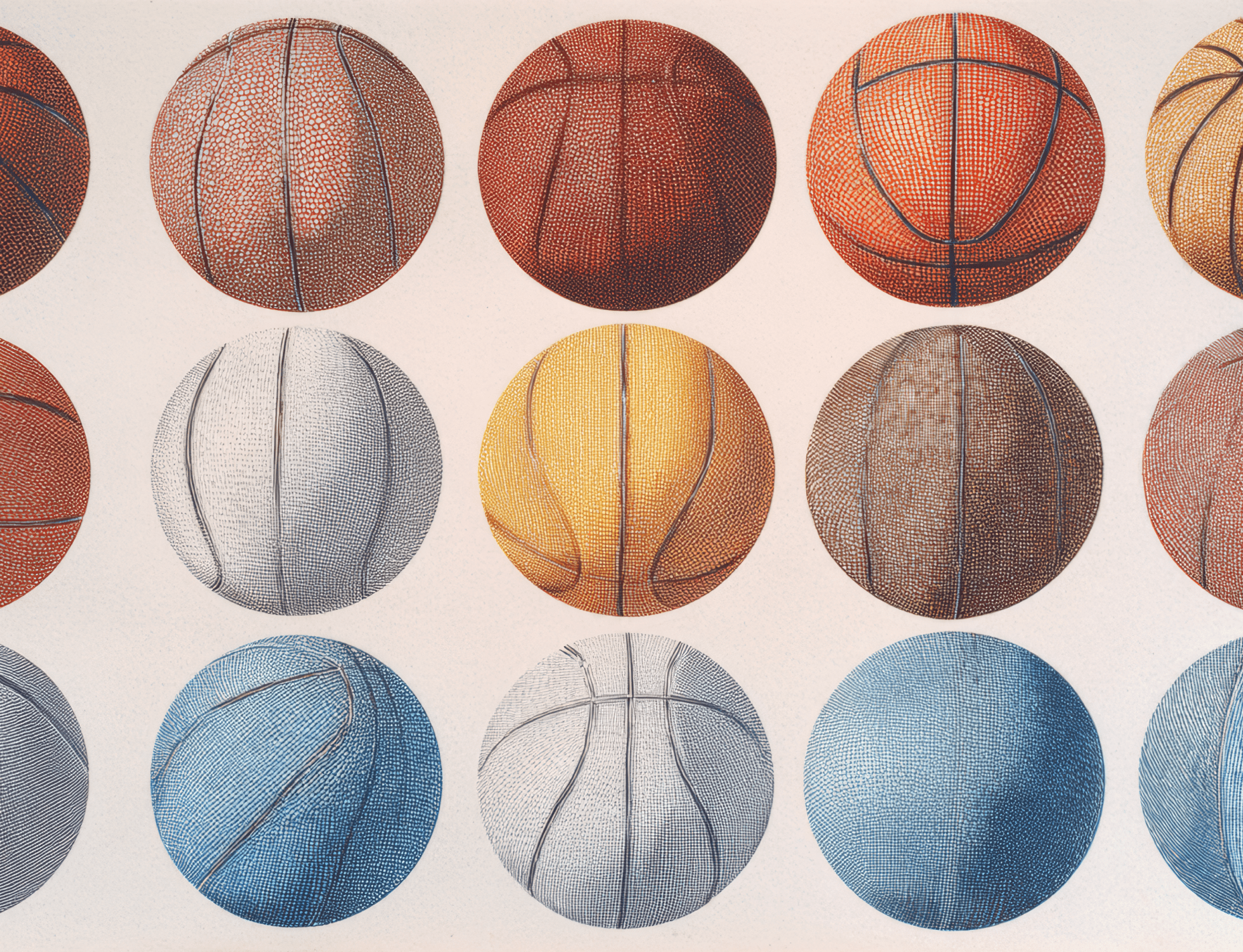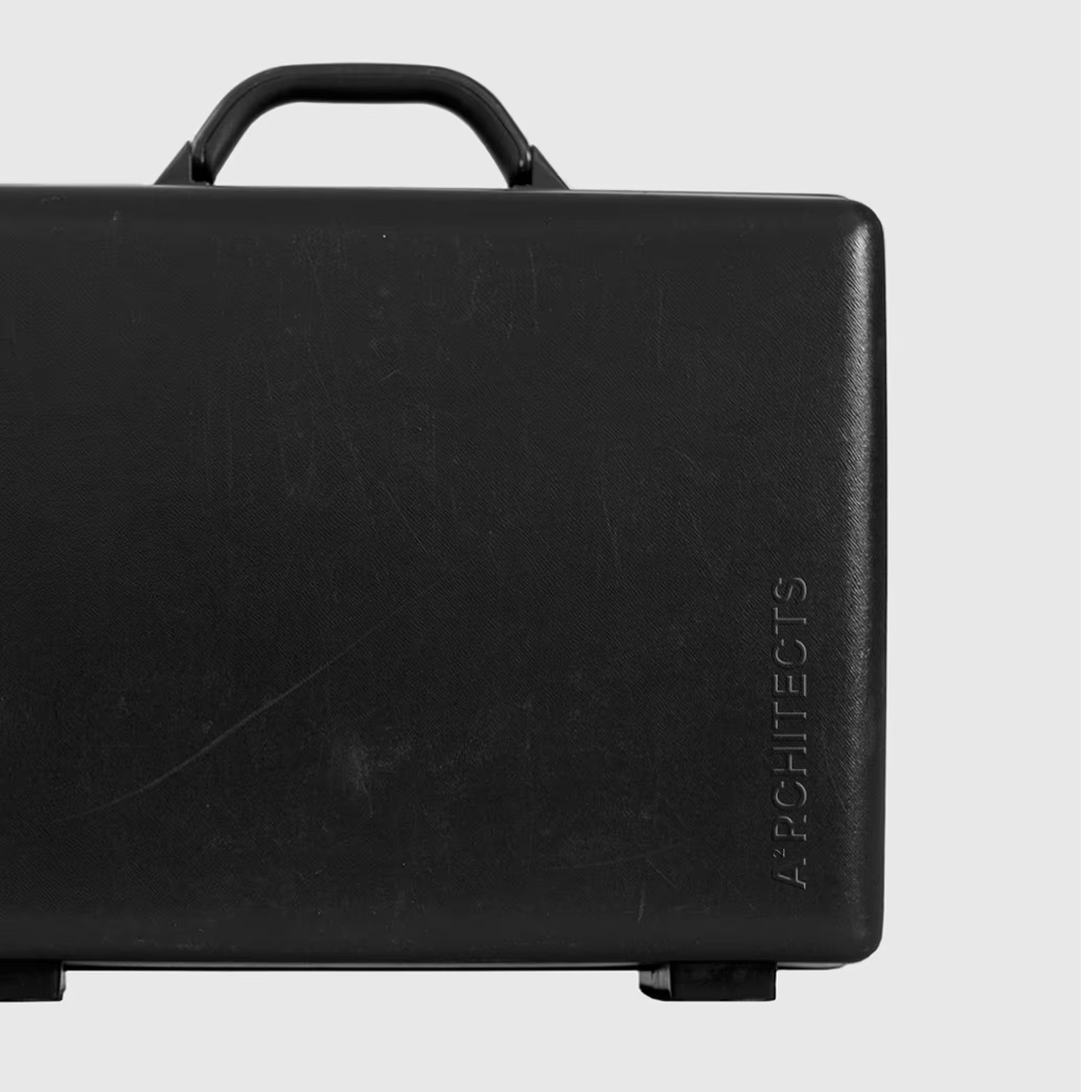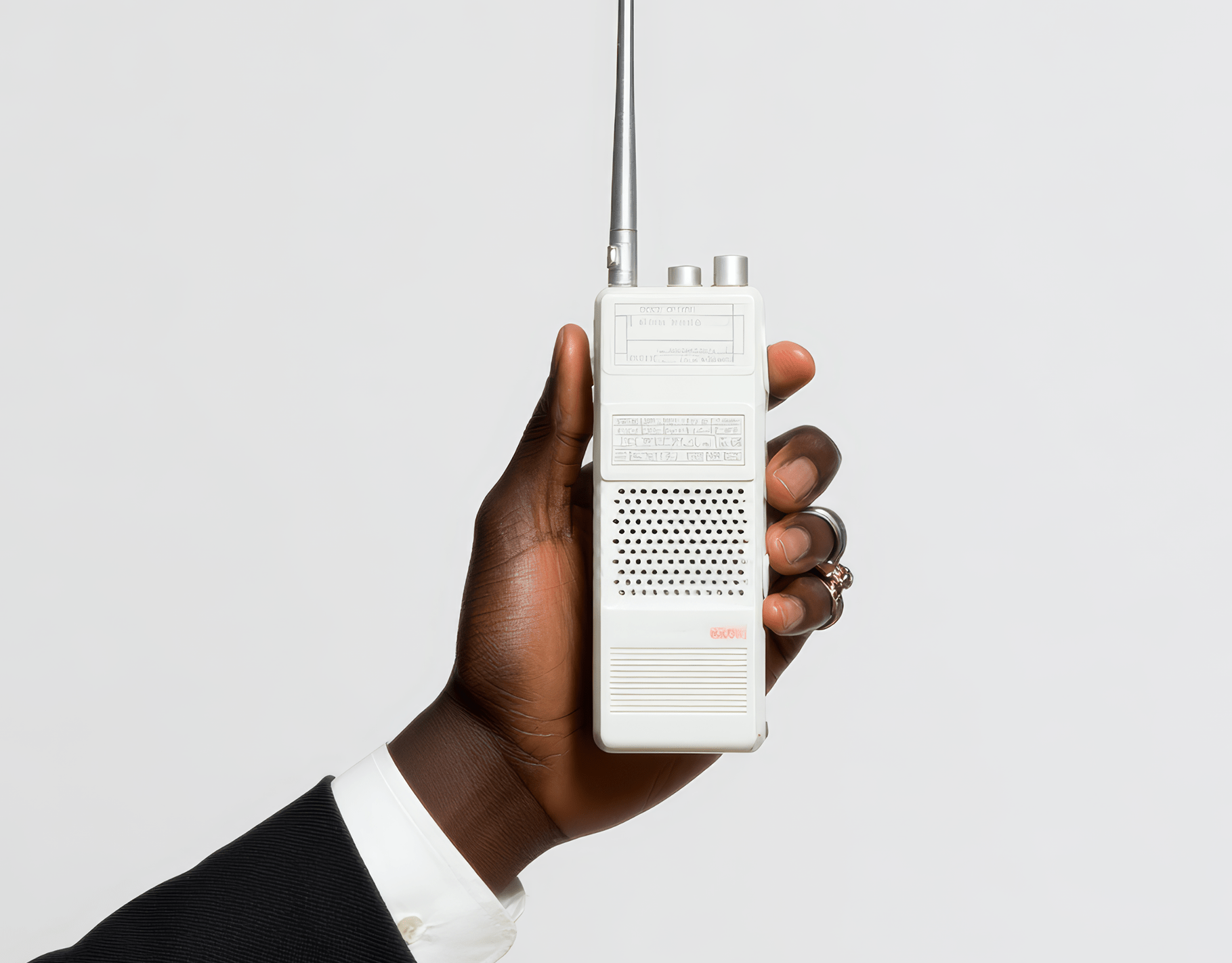Are We Still Building Brands - or Just Feeding the Feed?
You're on a Slack thread at 11:37 AM. Someone drops a trending sound. "Should we do something with this?" And just like that, strategy shifts.
What was once a owner-led story becomes a reflexive response. The platform calls the shots. Your brand becomes a TikTok account with a product.
Too often, platform-native brands mistake relevance for resonance. It’s no longer about presence, it’s about speed. And speed comes at a cost
Pace rewards sameness: familiar transitions, sped-up voiceovers, rapid cuts. Brands blur into trends, and trends blur into each other. You’re not remembered. You’re recognized for a moment, then forgotten.
Why Trending Visibility Misleads Brand Builders
TikTok algorithm rewards the speed. So does our brain chemistry. But designing for virality is not designing for longevity.
The myth of the always-on brand tells founders that posting daily is a sign of life. But perpetual visibility isn’t the same as strategic clarity. It often leads to reactive identity - a brand shape-shifting based on whatever performs.
We've collapsed platform presence with strategic positioning. The dopamine loop of engagement tricks us into thinking the content worked. But did it build anything?
What we call reach is often just refresh.
What Content-Led Branding Truly Demands
This isn’t an aesthetic question, but rather an architectural one. Content-led branding isn’t about posting frequently. It’s about building memory with your own voice.
When we think in the lens of building a brand - what we should be thinking is what cements a brand in someone's brain. How do we make a lasting impression on someone?
A true content-led brand leads with emotional clarity, not format mimicry. It understands that story creates meaning — and meaning creates memory. The most enduring brands use narrative architecture, not reactive visuals.
Emotional branding creates deeper consumer connections than transactional tactics. It transforms audiences into participants, embedding memory through shared emotional cues rather than trends.
This approach de-prioritizes trend-chasing in favor of building a brand's slow core: a consistent, emotionally aligned presence that can adapt without eroding.
Real Examples Proving Intentional Branding Wins
You don’t have to scroll far to see what happens when a brand centers platform over principle. But the opposite - slower, intentional brand presence, can thrive too.
Pringles: Co-Creation Without Compromise
Pringles rolled out a TikTok-inspired Spicy Pickle flavour through a gamified challenge. More than 6,000 people submitted guesses. It felt native to the platform but still completely Pringles: absurd, irreverent, and snackable.
They didn’t chase a trend. They sparked one. The payoff? Visibility, with the brand still steering the story.
Ellie the Elephant: Mascot As Brand Extension
The New York Liberty’s mascot, Ellie, has become a TikTok icon. But her success isn’t due to algorithm-friendly choreography. It’s because she reflects the Liberty’s core identity: bold, joyful, unignorable. She doesn’t just entertain. She deepens emotional stickiness.
Adobe: Platform-Aware Without Performance Anxiety
Even tech giants like Adobe are creating platform-relevant content without abandoning brand architecture. Tutorials and case content meet the platform halfway without losing brand weight. They’re not chasing virality. They’re teaching, and in doing so, anchoring trust.
These are not random wins, but rather deliberate acts of content thesis alignment.
Brand Fatigue Is a Nervous System Issue
Every founder feels it: the churn. The expectation to not just show up but perform. Fast.
Brand fatigue isn’t just about over-posting. When you’re always adapting, you stop recognizing what you built.
You feel it when:
- Your grid looks cohesive but your voice feels fractured
- You can’t tell if you’re building a brand or managing a content treadmill
- Your team is creating more than it’s communicating
The culture of hyperavailability leads to aesthetic mimicry. Sameness masquerades as fluency. And business owners lose emotional equity.
A New Framework: The Content Thesis Model
It’s a founder-led branding tool that helps you build long-term brand memory (instead of short-term performance).
It’s made of 3 components:
1. Emotional Thesis
What is the felt emotional reason your brand exists?
Not your tagline. Not your mission.
But the deep feeling your audience should associate with you.
Example:
Apple’s Emotional Thesis isn’t “we make sleek products.”
It’s creative freedom + personal power.
Your job:
Find the emotional truth that sits behind your offers.
Ask: What belief is baked into everything I publish, sell, or share (even if I don’t say it outright)?
2. Visual Gravity
What about your visual system is so distinctive, it pulls people toward you?
Not “clean aesthetic” or “modern serif font.”
We're talking:
- Consistent shapes, textures, or typographic emotion
- Founder's taste translated into brand form
- A look that doesn’t chase trends: it sets one or resists them
Example:
Glossier’s pink, pillowy softness
Liquid Death’s metal-goth absurdity
Your job:
Document your visual rules like you’d defend a brand religion.
Create a gravity field around them.
Ask: What does my brand visually refuse to do? What does it always do? See how we apply this in art direction.
3. Narrative Sequencing
You’re telling a brand story over time, but is there a structure to how it unfolds?
This isn’t about “posting regularly.”
It’s about how the story evolves in chapters.
Example:
You might:
- Spend 2 months defining a core brand belief
- Then shift to showing customer proof of it
- Then invite the audience to participate in it
Like a Netflix season. Each phase builds tension, delivers clarity, and deepens trust.
Your job:
Treat content like chapters in a longer novel, not random posts or vibes.
Ask: If someone read everything I posted in the last 90 days, what story would it tell?
How to Apply It (Tactical, Founder-Centric)
STEP 1: Write or Identify Your Emotional Thesis
- Finish this sentence: “Everything we create is trying to make people feel ______.”
- Turn that into your Emotional Thesis
- Example: Everything we create is trying to make people feel focused, powerful, and in control of their vision.
This becomes the emotional filter for your copy, visuals, and decisions.
STEP 2: Build a 3–5 Rule Set for Your Visual Gravity
- What colors, spacing, and motion are non-negotiable?
- What fonts, memes, aesthetics do you refuse to use?
- How should people feel immediately when they land on your brand?
Build a 1-page doc: “How we show up visually, always.”
STEP 3: Map the Next 90 Days with Narrative Sequencing
- Pick your next key idea or POV to lead with (e.g. "The algorithm is stealing brand vision")
- Plan 4–6 content pieces that gradually reveal:
- Problem → what’s broken
- Belief → what you stand for
- Proof → how you back it up
- Participation → how the audience joins or benefits
No more “post for the sake of posting.”
You’re telling a story that builds audience memory.
So What Does This Framework Do?
It replaces “content marketing” with narrative leadership.
It makes sure:
- Every post builds trust
- Every visual reinforces emotion
- Every week adds another layer to your brand memory
Your brand voice, your visual identity, and your entire approach to market positioning needs to reflect this evolution, much like our holistic branding methods. Most brand managers are missing something crucial: authenticity can't be engineered. It has to be discovered.














